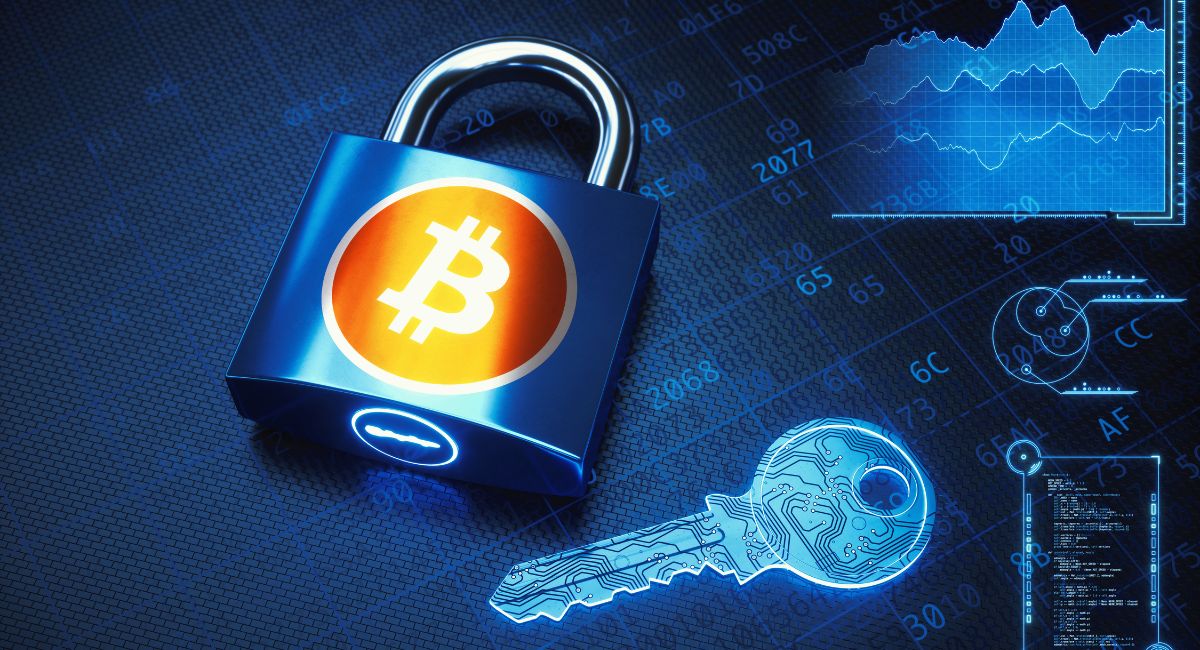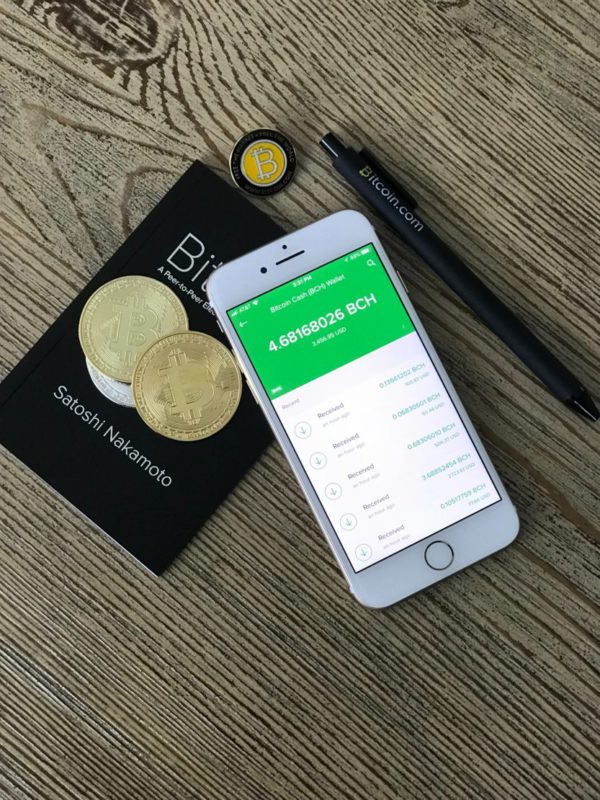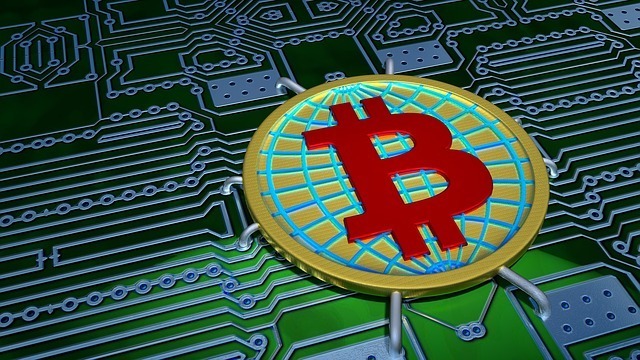Your Complete Guide To The Technology Behind Bitcoin Blockchain
Bitcoin (BTC) and the blockchain are both parts of the Bitcoin blockchain. Satoshi Nakamoto, a person or group of people, made the Bitcoin protocol in 2008 to take control of money away from centralised entities, which had failed the world. The blockchain is a new kind of distributed database based on a set of rules laid out in a document called the Bitcoin white paper. In January 2009, the network went live.
Blockchain technology was made for Bitcoin, which is the most well-known cryptocurrency. A cryptocurrency is a digital currency that works like the U.S. dollar. It uses encryption to keep track of the money units and make sure that money transfers are legitimate.
The data stored in “blocks” of information that are then linked together in a permanent “chain” is what the Bitcoin blockchain is all about. A block is a group of Bitcoin transactions that happened during a certain time period. Blocks are stacked on top of each other, and each new block depends on the ones that came before it. So, a chain of blocks is made, which is where the word “blockchain” comes from.
The old blocks can no longer be changed when a new block is added. This makes sure that each block gets more secure over time, and it’s an example of how Bitcoin technology is changing how banking and financial transactions are done. But Bitcoin blockchain is about much more than just money: It is the technology on which Bitcoin and most other cryptocurrencies are built. The Bitcoin blockchain is special because it makes sure that every transaction is correct. In the blockchain, every action is recorded, and nothing is left out of the network. Once an action is recorded and saved in one of the information blocks, it is time-stamped and locked, and anyone in the system can see the whole record.
The Bitcoin blockchain is also not controlled by a single company or stored on a single master computer. It is on a lot of different computers in the network. Hash codes are used in the Bitcoin blockchain. Each block in the blockchain has its own hash. Hashing lets each network user find a block and move to the next one in the chain. This is because each block has its own hash and the hash of the block before it.
Keeping this in mind, the most important parts of the blockchain are the records, the block, the hash, and the chain. In the blockchain, there are two kinds of records: block records and transactional records. A block is a group of Bitcoin transactions that haven’t been written down in any other block yet. All nodes record, approve and settle transactions in seconds. Transaction records include information about the asset, its price, and who owns it.
In the blockchain network, a hash is a fixed-length string made by transforming any data. A block is like a page in a ledger or record book, and a chain is a group of linked blocks.
A brief account of the Bitcoin blockchain
Stuart Haber and W. Scott Stornetta wrote a paper called “How to Time-Stamp a Digital Document” in 1991. In it, they talked about the idea of blockchain technology. This paper talked about how a chain of timestamps can be used to keep information safe.
Bitcoin was made in large part to make it easier to trade Bitcoin currency. But the first people to use it and the people who made it quickly realised that it could do much more. With this in mind, they ensured that the Bitcoin blockchain could store more than just information about how the token moved.
Bitcoin uses peer-to-peer (P2P) transactions, which let it work without a bank or other third party to handle each financial transaction. It makes it possible for online payments to be sent directly from one person to another without going through a bank.
Peer-to-peer means that all of the computers in a network are the same, that there are no “special” nodes, and that all of the nodes share the work of providing network services. It is made up of tens of thousands of Bitcoin nodes that run the protocol. The protocol is in charge of setting up and protecting the blockchain.
A peer-to-peer network is possible because users’ data is linked to the person or thing they are interacting with, and they are responsible for keeping the distributed network up and running. The information about the person or organisation is then sent from their Bitcoin wallet to their location and IP address. This is what peer-to-peer Bitcoin interaction looks like.
Also, read – All About Bitcoin Taproot Upgrade And Bitcoin Defi Blockchain
What does the Bitcoin blockchain need to work?
Bitcoin is a digital form of money that can’t be stolen. It is part of a movement to decentralise financial services. Before Bitcoin, a trusted third party had to keep a ledger, which is a record of a person’s or company’s financial information, to keep track of who owned how much. Everyone has a copy of this ledger with the Bitcoin network, so there is no need for third parties.
Every Bitcoin transaction happens in the blockchain network, the digital space where Bitcoin mining and hash power generation happen. Hashing power is how fast your computer or hardware can run and solve different hashing algorithms. These algorithms are used to make new digital currencies and make it possible for them to trade with each other. This is known as mining.
Most Bitcoin owners buy their cryptocurrency through a cryptocurrency exchange, which is a place where Bitcoin and other cryptocurrencies can be bought and sold. The blockchain network is made up of the decentralised ledger. This shows that Bitcoin is a piece of software, a set of steps in which different people do different things.
A blockchain is a computer network that shares a digital ledger of transactions done more than once. Each block on the chain has a number of transactions in it, and when a new transaction happens on the blockchain, a record of it is added to each participant’s ledger.
A technology called “distributed ledger technology” is used by many people to manage this shared database (DLT). Blockchain is a type of DLT that records transactions using a cryptographic signature called a hash that can’t be changed. Then, the transactions are put into groups called “blocks.” Each new block contains a hash of the one before it. This “chains” the blocks together, which is why distributed ledgers are often called “blockchains.”
This documentary explains how blockchain tech actually works – or does it work and make sense at all? https://t.co/2cwYbZyuzi#crypto #blockchain #finance #investing #tech #bitcoin #fintech #eth #nft #blockchain #money #stocks #business #CryptoReality pic.twitter.com/Y8vQ96UYbR
— TechnoEthicist American Scream (@AmScream) February 20, 2023
What is the blockchain, and how does it work?
A database is a group of pieces of information that are stored in a computer system. A blockchain is a type of database. What is kept in databases, like information or data, is usually organised in a table format, which makes it easier to search and filter information. Databases are made to hold a lot of information that can be quickly and easily accessed, filtered, and changed by many users at any time.
To do this, a lot of data is stored on servers, which are made up of powerful computers, in large databases. Hundreds and hundreds of computers can be used to make these servers. Why? To have enough storage and processing power for many people to access the database at the same time. This is the difference between a database and a storage drive that works like the cloud.
Here’s the difference between a blockchain and a database. The way data is set up is the first difference. In a database, information is organised into tables. In a blockchain, information is put into groups called “blocks” that hold data sets. Each block has a certain amount of space for storing data, which is added to the next full block to make a chain of data. So, the name “blockchain” comes from how millions of data-filled blocks are linked.
When used in a decentralised system, this system makes every blockchain a more complicated database because it creates a chain line of data that can’t be changed. When a block is filled, it can’t be changed and becomes part of a timeline. When a block is added to the chain, it has an exact time stamp.
So, the goal of the blockchain is to make it possible to record and share digital information without being able to change it. So, it’s not really a database because no one can change it once it’s filled and linked. When Bitcoin technology came along, it was the first real use of blockchain.
Stay informed with daily updates from Blockchain Magazine on Google News. Click here to follow us and mark as favorite: [Blockchain Magazine on Google News].
Get Blockchain Insights In Inbox
Stay ahead of the curve with expert analysis and market updates.
latest from tech
Disclaimer: Any post shared by a third-party agency are sponsored and Blockchain Magazine has no views on any such posts. The views and opinions expressed in this post are those of the clients and do not necessarily reflect the official policy or position of Blockchain Magazine. The information provided in this post is for informational purposes only and should not be considered as financial, investment, or professional advice. Blockchain Magazine does not endorse or promote any specific products, services, or companies mentioned in this posts. Readers are encouraged to conduct their own research and consult with a qualified professional before making any financial decisions. The featured image used is just a creative depiction of the title and it does not intend to hurt sentiments of any person or institution. If it hurts anyone sentiments, please do not hesitate to reach out to Blockchain Magazine.

 Bitcoin
Bitcoin  Ethereum
Ethereum  XRP
XRP  Tether
Tether  Solana
Solana  USDC
USDC  Dogecoin
Dogecoin  Cardano
Cardano  Lido Staked Ether
Lido Staked Ether  TRON
TRON  Chainlink
Chainlink  Wrapped Bitcoin
Wrapped Bitcoin  Wrapped stETH
Wrapped stETH  Sui
Sui  Avalanche
Avalanche  Stellar
Stellar  Hedera
Hedera  Toncoin
Toncoin  Shiba Inu
Shiba Inu  LEO Token
LEO Token  Hyperliquid
Hyperliquid  WETH
WETH  Bitget Token
Bitget Token  Litecoin
Litecoin  Polkadot
Polkadot  USDS
USDS  Bitcoin Cash
Bitcoin Cash  Ethena USDe
Ethena USDe  Wrapped eETH
Wrapped eETH  MANTRA
MANTRA  Uniswap
Uniswap  Ondo
Ondo  Pepe
Pepe  Monero
Monero  NEAR Protocol
NEAR Protocol  Aave
Aave  WhiteBIT Coin
WhiteBIT Coin  Mantle
Mantle  Aptos
Aptos  Official Trump
Official Trump  Internet Computer
Internet Computer  Dai
Dai  Ethereum Classic
Ethereum Classic  Bittensor
Bittensor  Cronos
Cronos  OKB
OKB  POL (ex-MATIC)
POL (ex-MATIC)  Gate
Gate 




